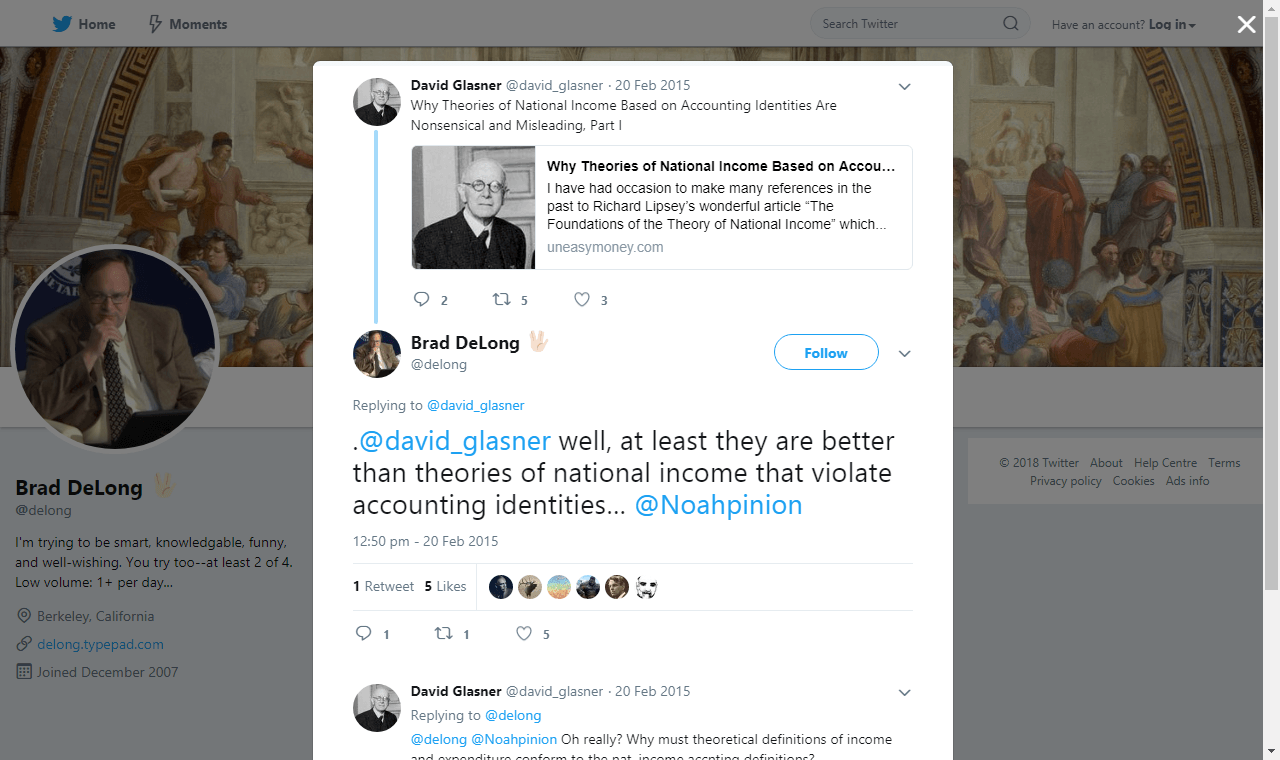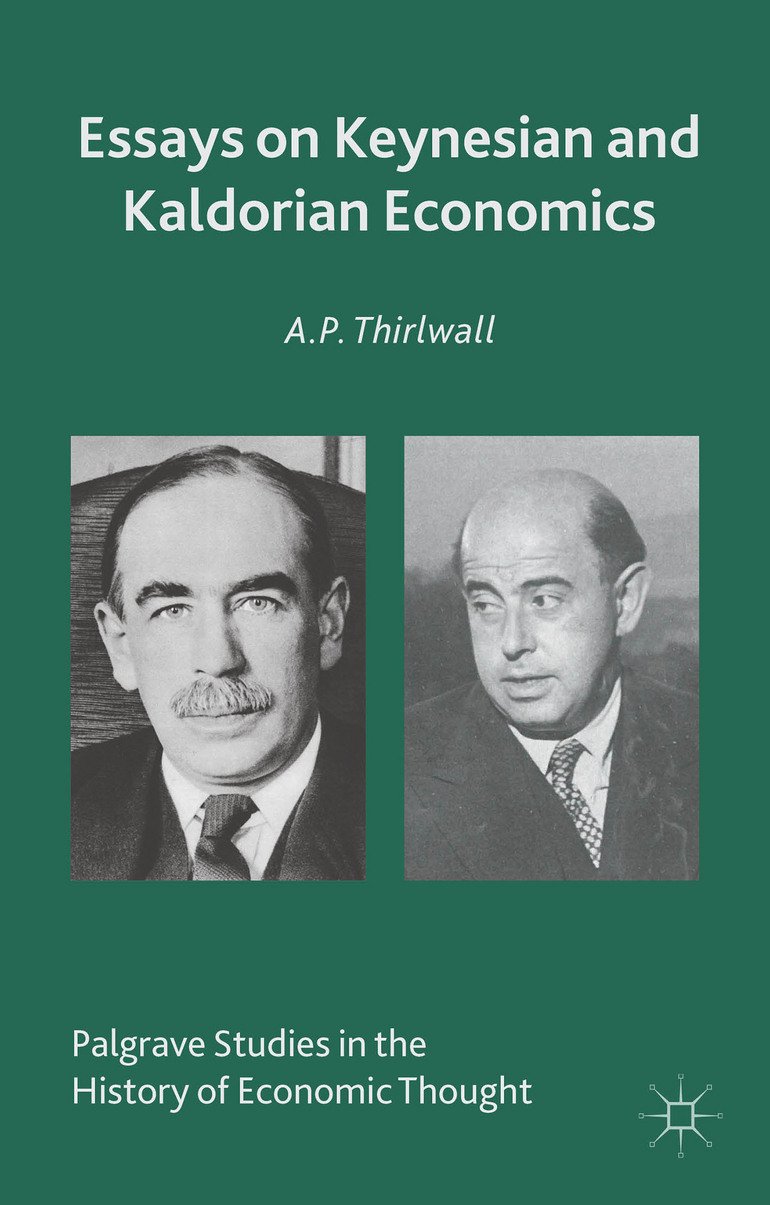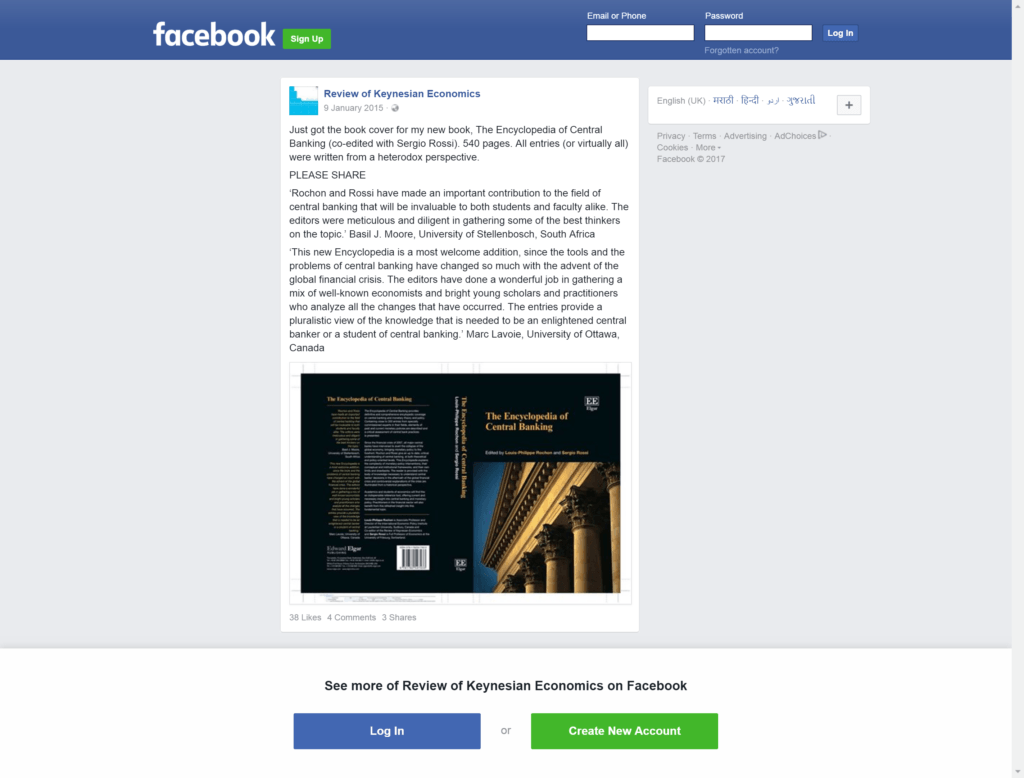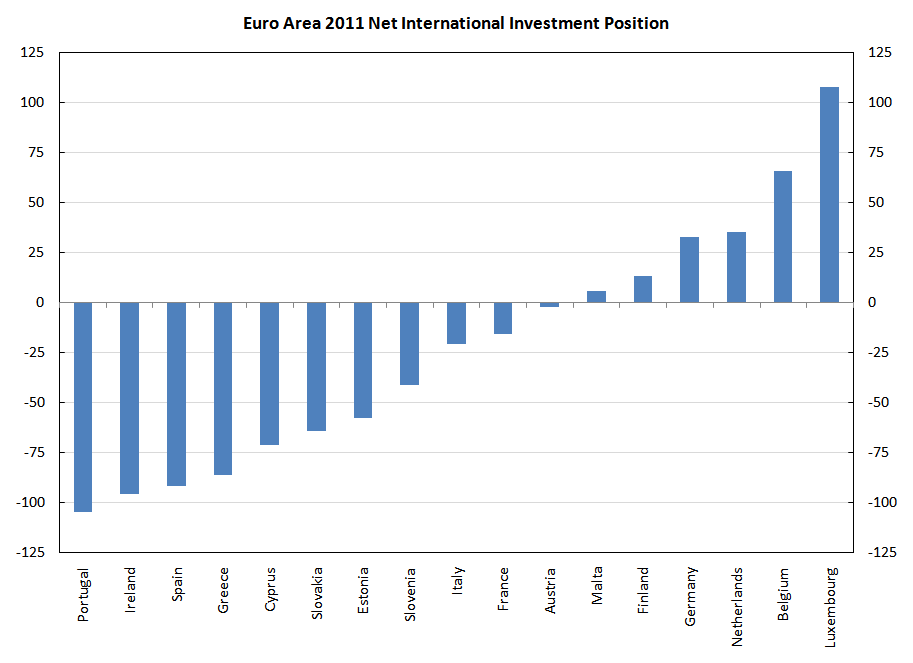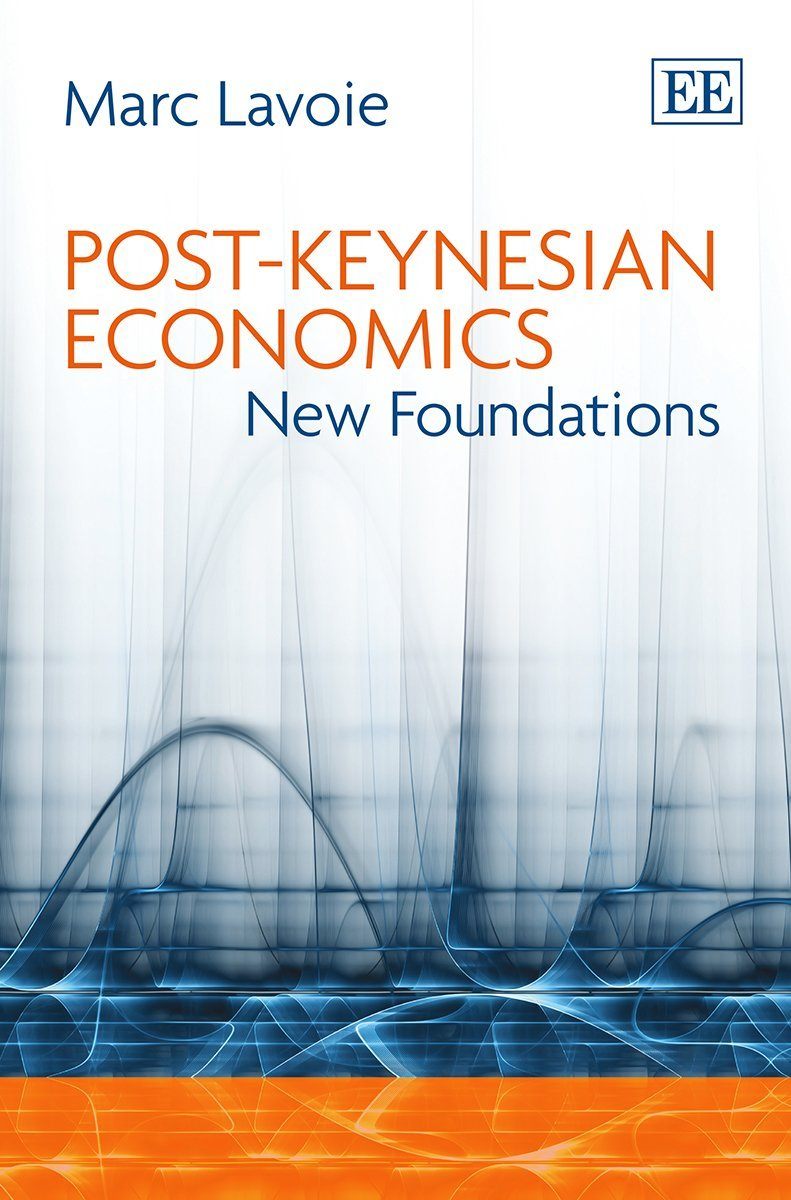I don’t generally publish comments and reply offline via email but this one needed one on the blog.
Winterspeak commented on my previous post Strong Assertions:
Deliberate obtuseness ramanan?
A 15% interest rate will certainly reduce borrowing as a first order effect, but it will also have another first order effect which will move AD in another direction. You know what this is, why not address it directly? And then why not respond to Mosler’s primary point directly as well?
I don’t think warren’s problem is that his writing is too simple.
My response below:
Deliberate obtuseness? My post was clear that the assertion that economists have it backward is quite wrong and misleading. I do in fact mention the effect of higher interest rates because of interest payment on government debt. In my post, I said
Finally the point about interest income on government bonds: it is true that if interest rates are higher, the private sector is receiving more income from the government and this is one factor to consider among all factors which affect aggregate demand. But there is no reason to assume that this effect is always higher.
In stock-flow consistent models, one sees the long run output depend positively on interest rates. But short term, this effect isn’t always positive except in simple pedagogic models.
My example of 15% was not really purely academic. Such an experiment happened in the UK in the 70s where interest rates were raised sharply and it led to a contraction of output. Several firms had to close down because of a rise in debt burden. The full story is in Nicholas Kaldor’s book The Scourge of Monetarism. I suppose Winterspeak thinks Monetarism cannot be a scourge. There were additional effects as well. The exchange rate appreciated and led to a rise in imports contracting domestic demand even more than via other factors.
One cannot simply say that a rise in interest rates will lead to a rise in interest payments on government debt and that hence domestic demand and output will rise because of this. Suppose the government debt is 60% and let us say the average interest rate on government debt rises by 2% initially. This will lead to an additional interest payment of 1.2% to the private sector. This does not increase output by 1.2% automatically. It depends on the interest receivers’ propensity to consume. If this is say 0.2, the first order effect is a rise in output by 0.24% only. (Higher order effects are via income/expenditure multiplier process). However, borrowing also depends on the interest rate. Suppose fixed capital formation by firms and households reduces by more than 0.24%, the latter has had a bigger negative effect than the positive effect of the former.
So the effect depends on interest elasticity for borrowing and propensity to consume from interest income. But that is not all. A rise in interest rates may also lead to a fall in asset prices and which has wealth effects on economic activity. There are other complications as well which I do not need to go into in detail because my point is made. In many countries, a lot of households took various kinds of mortgages which have amortization schedule highly sensitive on interest rates. If interest rates are raised, their monthly payments will increase leading to a lower consumption. Of course, it can be argued that the interest paid is income to some other economic unit, but one needs to look into who the interest receiver is, how their behaviour and so on.
Update
After I posted this, I received a comment again from Winterspeak:
Please.
A 15% FFR will impact more than income from the Government. And the only people assuming that a “rise in interest rates will only have one effect” are you and Monetarists. Talk about being overly simplistic.
I recommend leaving strawmen out of it and focusing on the meat of the argument.
Puhleeze!
Winterspeak tells me of being overly simplistic and attacking a strawman.
But look who is overly simplistic here. Winterspeak simply announces that a 15% rise in interest rates will have more impact than the income from the government. Clearly he has not understood much. My post talked of the propensity to consume of the interest earners and also the mutliplier effects of this. There is no reason that the effect of this (including multiplier effects) is greater than 1.
Plus Winterspeak seems to completely ignore the negative effects on borrowing: proving my point. Ignoring intermediate consumption, the gross domestic product is the same as output which is (in a simple closed economy model):
C + I + G
where C is household consumption, I is private fixed capital formation and G is “pure” government expenditure (which doesn’t include interest payments on government debt) i.e., government consumption and fixed capital formation.
While C may rise because of higher interest earned by households because of higher interest income. I can fall more because of high interest rates. It is also not clear if C will necessarily rise. This is because if households have large liabilities (such as mortgages), their disposable income will fall due to a rise in interest rates (and hence interest payments) and hence consumption as well.
Update 2
After I wrote the above, I received a patronizing comment by Winterspeak:
Great — you’re slowly getting closer.
So what did Warren actually say and why? Or, in other words, what is the logical next step from your (third) post?
Let me argue again. Let us use subscripts 1 and 2 for time periods.
Initially the GDP is
C1 + I1 + G1
Now interest rates are raised to 15%. The GDP is
C2 + I2 + G2
With pure government expenditure remaining the same,
G2 = G1
Interest expenditure of the government is not counted in production. G stands for government consumption expenditure and expenditure on fixed capital formation, not total government expenditure. (Ignoring changes in inventories for simplicity, both for firms and the government). Of course, the interest income should appear somewhere, and it will make an appearance in the consumption function.
Fixed capital formation is assumed to depend on interest rates, so
I2 < I1
Consumption depends on income, holding gains and previously accumulated wealth and propensities to consume. Propensities can depend on the type of income (compensation of employees, interest income, income via dividends) and so on.
Less fixed capital formation implies firms hire less. This means compensation paid to employees is lesser than before and also since fixed capital formation of firms is also an income flow for firms as a whole, a reduction implies less profits and dividends paid to households.
Hence, despite households receiving higher interest income on government debt, their total income is likely less than before with interest rate at 15% and hence,
C2 < C1
This implies:
C2 + I2 + G2 < C1 + I1 + G1
Which was I intended to show.
Funnily, Winterspeak puts me in the same position of Monetarists but it is him who is being a Neo-Fisherite here. (Referring to Krugman’s terminology is not an endorsement to his monetary economics.)
